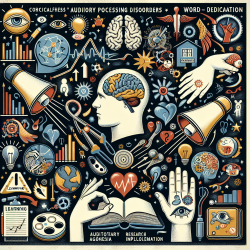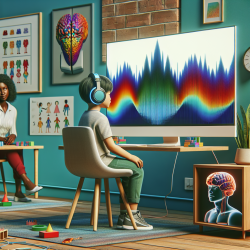Introduction
Adolescence is a critical period of brain development, and understanding the structural differences in the brain can provide insights into various mental health challenges, including depression and suicide risk. The study titled "Brain cortical and subcortical morphology in adolescents with depression and a history of suicide attempt" explores these structural differences and offers valuable data that can inform clinical practices.
Key Findings
The study assessed adolescents with depression, with and without a history of suicide attempts, and healthy controls. Key findings include:
- Significant differences in cortical surface area in prefrontal, temporal, and parietal regions.
- Alterations in subcortical volumes, particularly in the left amygdala, right thalamus, and right nucleus accumbens.
- No significant differences in cortical thickness between groups.
- Positive correlations between age and cortical thickness in certain regions for adolescents with a history of suicide attempts, contrasting with negative correlations in controls.
Implications for Practice
These findings suggest that morphological differences in the brain may contribute to the risk of suicidal behavior in adolescents with depression. Practitioners can use this data to:
- Enhance risk assessment protocols by considering neurobiological factors.
- Develop targeted interventions that address specific brain regions associated with suicide risk.
- Encourage further research into the neurodevelopmental trajectories of adolescents at risk.
Encouraging Further Research
While the study provides valuable insights, it also highlights the need for further research to explore:
- The longitudinal impact of these morphological differences on mental health outcomes.
- The interaction between genetic, environmental, and neurobiological factors in suicide risk.
- The potential for integrating neuroimaging data into predictive models for suicide prevention.
Conclusion
Understanding the structural differences in the brains of adolescents with depression and a history of suicide attempts can guide clinical practices and inform future research. By focusing on these morphological markers, practitioners can better assess and address the risk of suicidal behavior in adolescents.
To read the original research paper, please follow this link: Brain cortical and subcortical morphology in adolescents with depression and a history of suicide attempt.










